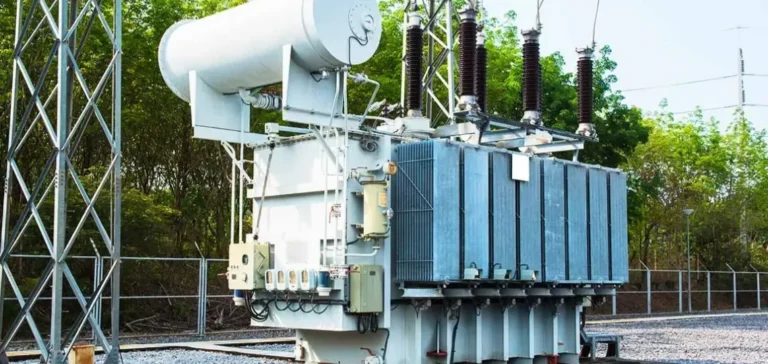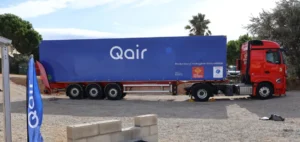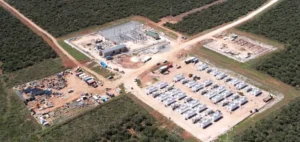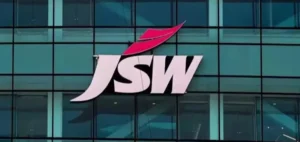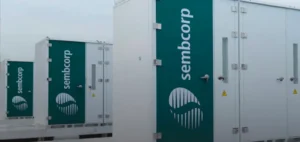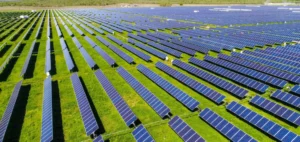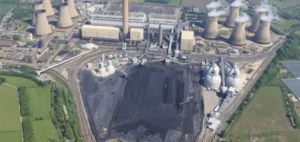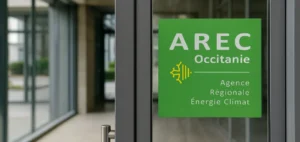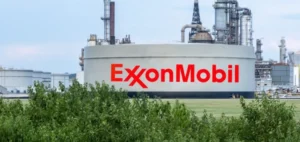The global industrial control transformer market is expected to grow from $1.14bn in 2025 to $1.48bn by 2030, reflecting a compound annual growth rate of 5.3%. This growth is fuelled by rising demand for stable power supply in heavy industrial sectors, including automated manufacturing, chemicals, and oil and gas. These sectors require reliable voltage regulation solutions, reinforcing the strategic role of these components in global energy infrastructure.
Three-phase systems dominate heavy industrial applications
Among transformer types, the three-phase segment is projected to register the fastest growth by 2030. Their ability to handle high loads and provide more stable voltage regulation makes them the preferred choice for complex automated systems. The rise of connected factories and the growing integration of digital systems in production lines further support this trend. Sectors such as metallurgy, energy, and chemicals are increasingly adopting these solutions to secure critical operations.
The expansion of renewable energy also boosts demand for three-phase transformers used to integrate solar, wind, and hydropower plants into national grids. These components help optimise control and stability in hybrid systems combining intermittent generation with traditional distribution infrastructure.
Power generation sector remains the primary driver
By 2030, power generation is expected to hold the largest end-use market share. Control transformers ensure consistent power supply to auxiliary systems in both thermal and renewable power plants. This segment’s growth is supported by the expansion of solar and wind capacities, alongside modernisation of conventional facilities. Public investment aimed at enhancing grid reliability and securing energy supply also contributes to rising adoption.
The growing use of transformers in generation infrastructure reflects operators’ pursuit of greater operational efficiency in response to the increasing complexity of modern electrical systems. These devices play a critical role in preventing unplanned outages by maintaining constant voltage on control circuits.
North America maintains position in an evolving market
North America is expected to remain the second-largest market for industrial control transformers over the period. This trend is supported by a dense industrial base and initiatives to modernise energy systems, both in fossil and renewable segments. In the United States and Canada, investments in process automation and grid digitalisation support sustained demand for voltage regulation equipment.
Long-established manufacturers and technology providers are expanding their footprint through partnerships, site expansions, and new contracts. The emphasis on system reliability and compliance with industrial safety standards creates a favourable environment for widespread adoption of next-generation transformers. This stability provides a solid foundation for continued regional market growth.


